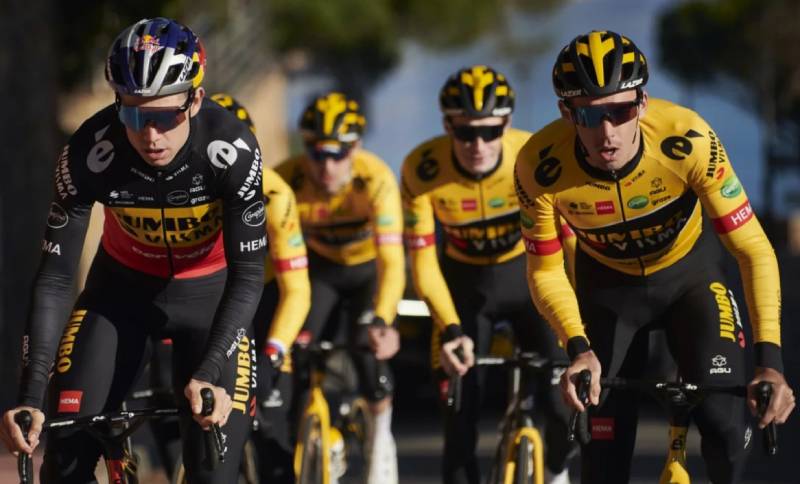The debate between hardtail and full suspension on mountain bikes has always been a constant. Riding experience and personal inclination are personal matters; if you find yourself torn between the two, the following conversation can provide some understanding. Let’s examine the advantages and drawbacks of these two suspension systems as well as how they fit various riding conditions and topographies.
The Charm of Hardtail Mountain Bikes
One of the main benefits of hardtail mountain bikes is their clear, straightforward efficiency. Their single front and rear suspension greatly enhances the effectiveness of power transfer. Particularly when rising, less energy is lost since you can feel more of the pedaling power being transferred straight to the ground. Many riders find that the responsive and light feel of a hardtail on climbs is indispensible.If you enjoy long-distance rides and wish to see as much of the natural surroundings as possible, a hardtail mountain bike could be the best fit for you. Without considering further changes and maintenance for the rear suspension system, it is lightweight, straightforward to handle, and rather simple to maintain. This is especially crucial for those who enjoy traversing varied terrain, as it saves a lot of effort and allows you to concentrate on the journey itself.Particularly when the riding path gets less intense and the terrain gentler, I occasionally hear riders comparing hardtail mountain bikes to gravel bikes. Especially on dirt roads or gravel paths, where it offers considerable stability and comfort, the adaptability of a hardtail mountain bike makes it well-suited for jobs similar to those of a gravel bike.
The Unique Features of Full Suspension Mountain Bikes
Full-suspension mountain bikes have front and rear suspension systems unlike hardtails, so they have better shock absorption capacity on difficult terrain. Imagine yourself racing down a difficult mountain trail with rocks and roots all over; the full suspension system can efficiently absorb the impact and help you to have excellent control even at excellent speeds. A hardtail cannot provide this kind of riding experience.Those who enjoy pushing their boundaries will find especially appropriate full-suspension mountain bikes. A full-suspension bike is absolutely the better choice if you enjoy downhill riding or usually ride on very challenging terrain. Particularly on lengthy journeys, the comfort and safety it offers enable you to not only boldly overcome challenges but also experience less physical tiredness since the suspension system helps absorb a lot of the ground impact.However, full-suspension mountain bikes also come with certain disadvantages. For starters, the frame’s complexity requires regular suspension checks to ensure optimal performance. Full-suspension bikes are also somewhat hefty, which might make climbing seem more difficult. Particularly on routes with several ascents, you will clearly feel the weight; however, this effect may vary based on personal strength.
Hardtail or Full Suspension? How to Choose
The first consideration in choosing between hardtail and full suspension is the kind of terrain you intend to ride on. The lightweight and efficiency of a hardtail mountain bike will be your greatest friend if most of your rides are on rather flat or slightly undulating terrain, such as forest pathways, rural roads, or even gentler mountain paths. Particularly for those who wish to ride fast without being limited by the terrain, the benefits of a hardtail are clear for those who prefer long-distance rides—it is like a more durable road bike.A full-suspension mountain bike is the best choice if you appreciate technical off-road riding, love downhill speeds, and want to demonstrate your abilities on difficult terrain. Full suspension’s comfort and shock absorption help you maintain steady and smooth riding in every environment. Particularly in long downhill stretches, the grounded feel and safety the rear suspension system offers will be much appreciated.Of course, budget is also a major consideration. Because of their basic construction, lower production costs, and simpler maintenance, hardtail motorcycles are often far less expensive than full-suspension bikes. Conversely, full-suspension bikes are more costly because of the more intricate suspension systems needed. If you are looking for a high-performance mountain bike but are on a budget, a hardtail would be a better choice.
Considering Riding Style
Apart from the topography, your riding technique also influences your choice of suspension system. Hardtail bikes are more ideal for people who prioritize speed and efficiency, while full suspension bikes are preferable for riders who appreciate challenging obstacles and pushing their boundaries. While a full-suspension bike demands more time and effort to maintain its suspension, the basic design of a hardtail will make your life easier if you like to keep your bike yourself.Some would wonder, What if one wants the best of both worlds? Actually, there are currently some compromise choices on the market, including hardtail bikes with more comfortable front suspension or mountain bikes with changeable rear suspension. Although these compromise solutions can partially meet various terrain requirements, the characteristics of hardtail and full suspension are generally different, so the decision should still be based on your riding area and personal preferences.Both hardtail and full suspension offer unique advantages. There is just what fits you best; there is no absolute right or wrong. Try riding both kinds a few times to find which frame fits your riding style and requirements before deciding on one. Trust me, the delight of riding freely in nature won’t change depending on the suspension system you finally decide upon.



















.